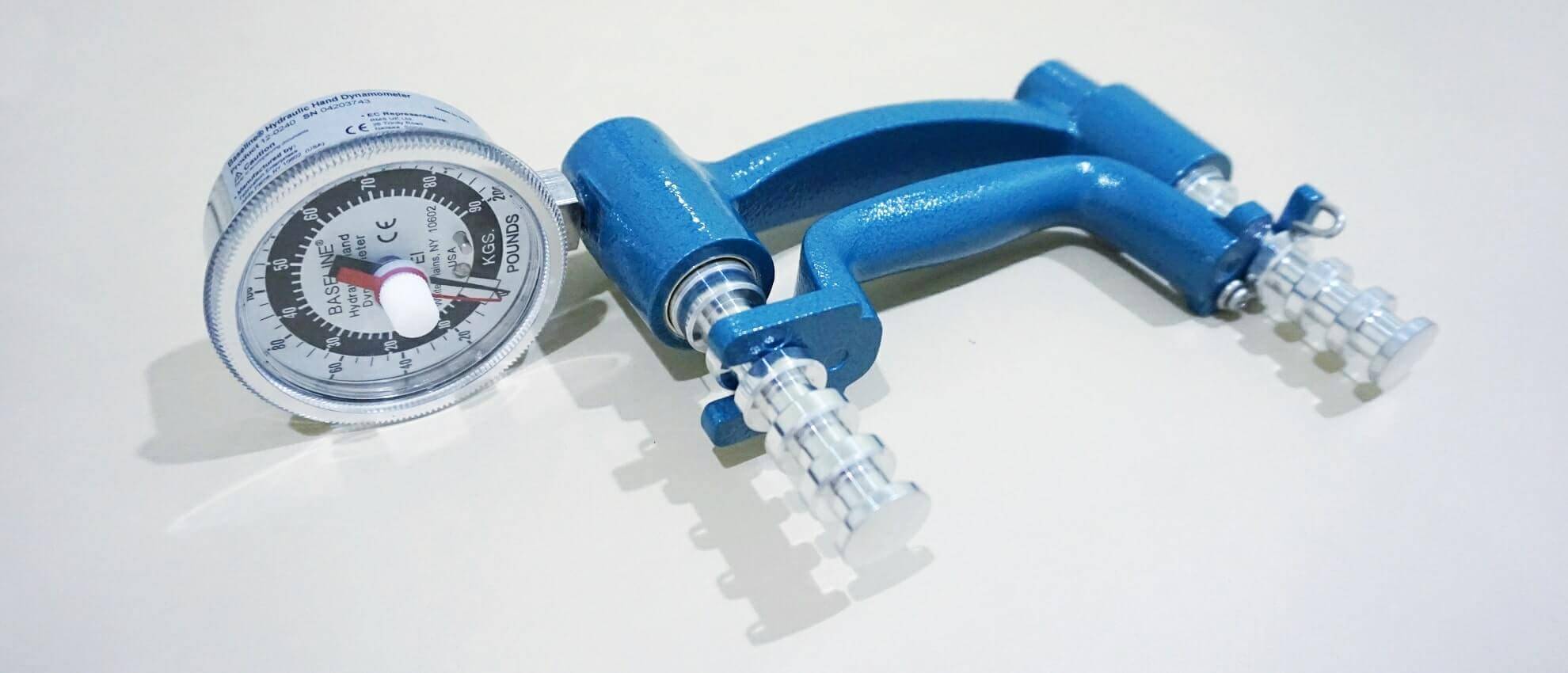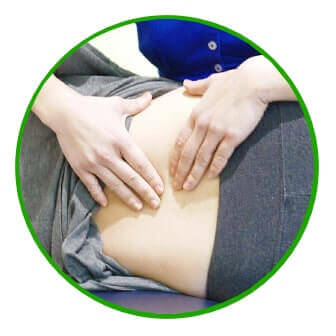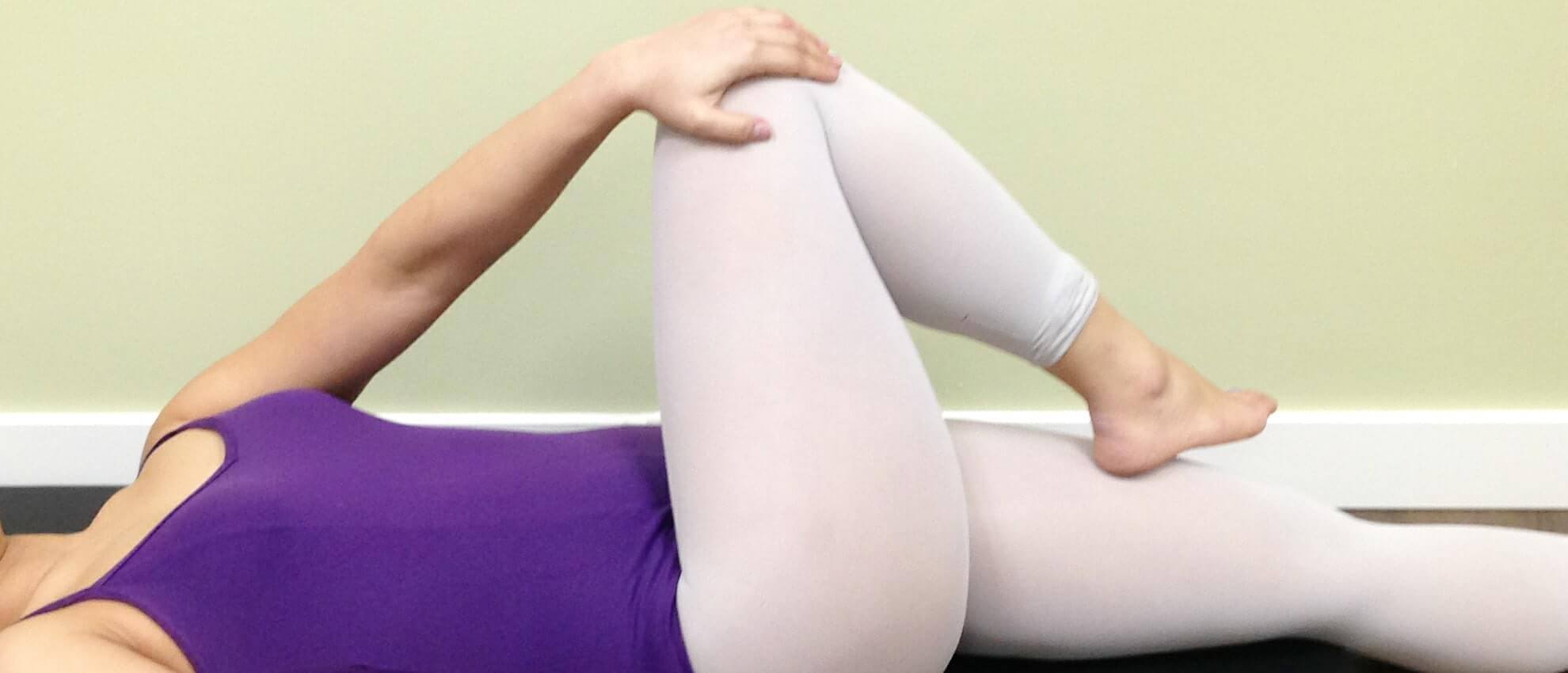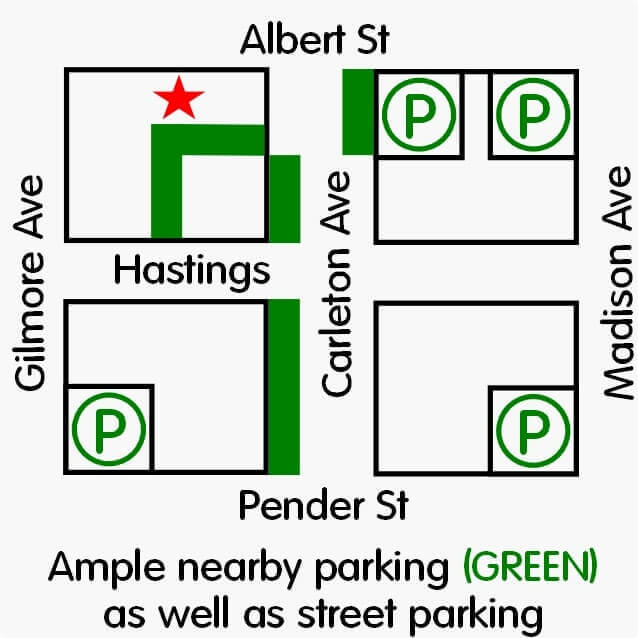4 Functional Tests To Predict Life Expectancy
1. Posture
The first is an upper body posture and flexibility test which you can do against a wall. Stand with your back leaning on the wall, your feet slightly away from the wall. Next, raise your hands up so that your upper arm is parallel to the floor. Keep your elbows bent as if you were waving “hi”. See if you can have your elbows and hands touch the wall. Also, keep your eyes looking straight ahead.
The goal is to see if you can have your whole body from your waist, back, head, shoulders, elbows and hands touching the wall. Think of a “snow angel”. For some of us, it may be hard for you to have your hands and head touching the wall due to poor posture or stiffness especially in your upper back. Postural stress can come from:
- Doing arts and crafts such as sewing or crochet
- Playing video games
- Using your phone or tablet
- Washing the dishes
- Working on your computer or laptop
Poor posture can affect your breathing, muscle strength and increase your risk of falling

2. Grip Strength
Using a device called a hand dynamometer, your hand grip strength is measured and compared against normal ranges. Your scores can be compared with benchmarks scores based on your age, gender and the hand being tested.
Your grip strength gives you an idea of how well your neck, upper back and shoulders are working. In order for you to have a strong grip all these areas need to be healthy and working properly.
If you have an injury or pain in your neck, shoulder, elbow, wrist or hand, any of these can lead to weaker grip strength. If your grip is weak this can mean having a harder time opening jars or carrying groceries. A strong grip has been linked to less muscle weakness, fewer cardiovascular and lung issues as well as better blood pressure
3. Core Strength
The dreaded plank! This is done in a position similar to a push-up, except that you will be on your toes and forearms as opposed to on your hands. Keep the rest of your body straight, avoiding angling your hips upwards. Stay in this position for as long as you can and your time is then compared to recommended ranges, based on your age. Remember to breathe!
If you notice any pain, stop and that will be your score. Good core strength is needed to perform well in the plank test. With a strong core, you will have better balance, be better able to do most physical tasks and lowers your chances of getting injuries
It starts from your core
Virtually any movement you do starts from your core. As your body prepares to, for example, lift up a cup of coffee, your core muscles will activate to stiffen your spine in anticipation of lifting up the cup. If you core muscles did not activate, then lifting anything would likely lead to you toppling over. Kind of like a counter-balance.
Pointer dog
As an alternative, another way to test how strong your core muscles are is the pointer dog test. With this test, you will start on your hands and knees. You will first test your ability to lift and straight out one limb at a time and hold the position for 5 seconds, such as your left leg.
You would then progress to lifting an opposite arm and leg (for example, your left leg and right arm) to see if you can still hold the position for 5 seconds. Your ability to complete this test will give you an idea of how strong your core muscles are

4. Squat
A squat test will give you an idea of how flexible your hips are. Squat down as low as you can, trying to get your gluts to touch your feet. The angle formed at your knees is then measured.
The goal is to get at least 135o of knee bend. If you have limited flexibility in your hips, you may have more trouble going up and down stairs. You might also find it harder to pick things up off the ground and end up putting more strain on your lower back
Find Out How To Improve Your Test Results
Learn tips and suggestions on how to improve your functional test results and make going about your everyday life a lot easier. If pain or injury is limiting your ability to do these functional tests, see your chiropractor. They can help you figure out what is causing your pain and how to best get relief.
Frequently Asked Questions
Q: Can my chiropractor help me with my posture?
A: Your chiropractor has extensive training in assessing and helping you with your posture. They can help you improve areas of your spine and body that need more mobility or flexibility. You may be given specific postural exercises to stretch out stiff, tight muscles and strengthen ones that have become weaker. Your chiro can also give you tips and suggestions on how to set up your work area properly such as monitor positioning or how to adjust your chair
Q: Does strengthening my core help my posture?
A: Having a strong core help you have better posture. Healthy core muscles help you stand and sit straighter. They also help keep your body stabilized while moving and exercising. By having a strong core, you will also reduce the chances of you injuring your back.
Q: How do I strengthen my core muscles?
A: Core muscle exercises are different than your traditional “ab” exercises. Sit ups and crunches may help your abs but your core muscles respond better to exercises such as the plank, pointer dog and superman exercises. Other exercises include the clock and bow and arrow
Results will of course vary from person to person

